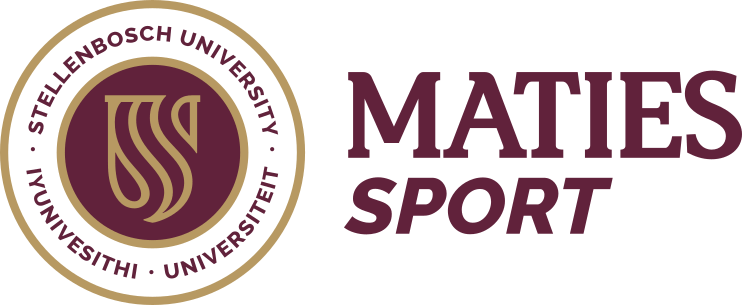Introduction
South Africa is 28 years into its democracy, with a constitution that commits to the promotion of human rights and gender equality for all. We also have national sport prescripts that are aligned to gender reform within and across the South African sporting landscape. The National Sport and Recreation Amendment Act 18 of 2007, commits to undoing injustices of South Africa’s sporting past, with a specific focus on marginalised groups (always includes women). The Transformation Charter for South African Sport was meant to guide racial and gender transformation in sport, reflective of South African society. The White Paper on Sport and Recreation for the Republic of South Africa’s vision is to provide equal access at all levels of sport, leading to increased participation and involvement – specifically for marginalised groups. The National Sports and Recreation Plan commits to making marginalised groups a priority in South African sport, through empowerment, promotion and (financial) support.
However, 15 years since the launch of the first sport policy, we continue to read about the lack of progress that South African women in sport have made. In 2017, I co-authored an opinion piece on the need for greater support for our national sports women. Yet, since that time, we have been ‘graced’ with articles on the chasm of disparity between our sports men and women with respect to remuneration and support. Disparities that don’t make sense and are often publicly ‘justified’ by our national sport administrators. Disparities that continue, despite global women and sport moving forward; public commentary on the state of sport for African women and despite the recent successes of our national sportswomen.
As South Africans we are in a state of awe when we hear of stories such as the US women’s national soccer team finally receiving pay parity to their male counterparts. What South African sport seems to forget, however, is that America, like many other countries that are making strides for their sportswomen, research was involved.
What can we do?
I have been involved in research for nearly decade, yet the more things have changed, the more they have stayed the same. Whilst some of our global counterparts have progressed, in South Africa, we often fester on the problems faced as women in sport and in society. This hinders the strides we want to make. Strides, which have been quite minimal (in my opinion), 28 years after democracy. For example, for a nation that loves sport so much, not a single woman can earn a living (comfortably pay monthly expenses and save) as a professional sportsperson. Only soccer and netball have semi-professional leagues and some of our national women’s cricket and netball team members have ‘professional’ contracts. International organisations such as Nielsen Sports and PWC have released reports over the years on the benefits of investing in women’s sport, yet nationally, we have been slow to explore such reports and the impact and possible delivery of their recommendations within our context.
Issues for women and sport in South Africa cannot change if research is not conducted to explore the underlying causes contributing to the lack of participation, representation and support of women in sport. This is where Maties Sport (the sports directorate of Stellenbosch University) stands head and shoulders above many sport institutions in South Africa.
In 2017, Maties Sport recognised that the gender representation of their high-performance (HP) student-athletes was skewed. HP sport codes at Maties Sport are athletics, basketball, cricket, football, hockey, netball, rugby and swimming. Management then embarked on simple research to explore the reasons behind the skewed representation.
The recommendations and solutions garnered from engaging with student athletes – specifically females – led to the following key improvements over a 5 year period (2017-2022):
- A 17% increase in HP female athlete recruitment or numerically, an increase of 67 females.
- A current 40/60 gender split of HP bursary allocations.
The reason for sharing this very brief snapshot of Maties Sport is to highlight the importance of research in ANY space within sport, especially with respect to women and girls in sport. We know what policies say, but nothing will change if decision makers at local and provincial levels are waiting around for government direction. Case in point, we are still waiting on the official release of the South African Women in Sport policy that was announced in 2018/19.
For change to be initiated for women and girls in sport in South Africa, evidence is needed to support arguments and positions taken – especially when it comes to funding, sponsorship and resource allocation. Research and evidence would go a long way to convincing (potential) stakeholders on the benefits of improving support for women and girls in sport. It is all a matter of how committed one is to contributing towards long overdue change.
Dr Nana Adom-Aboagye
Post-Doctoral Fellow: Centre for Sport Leadership
